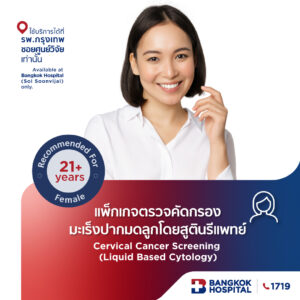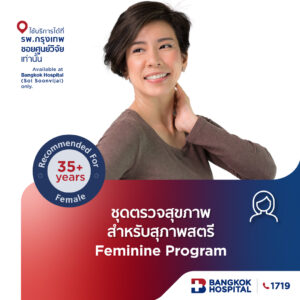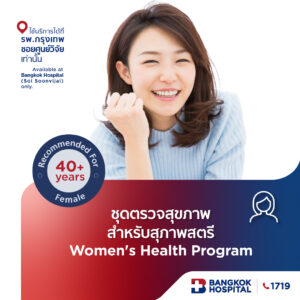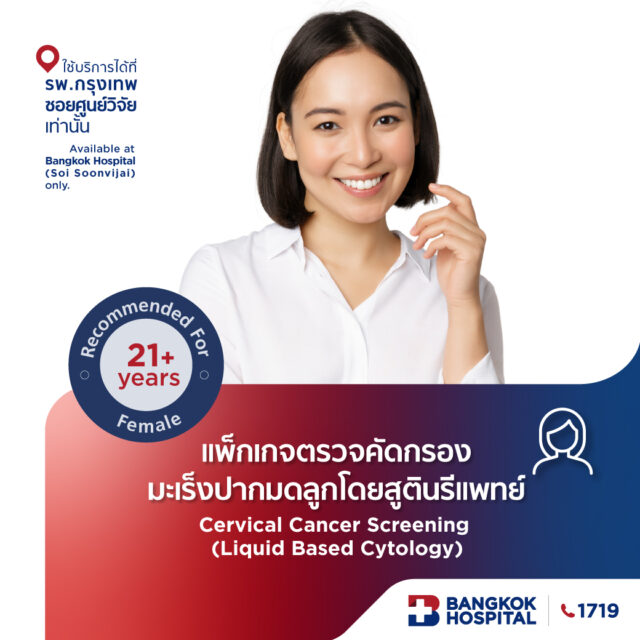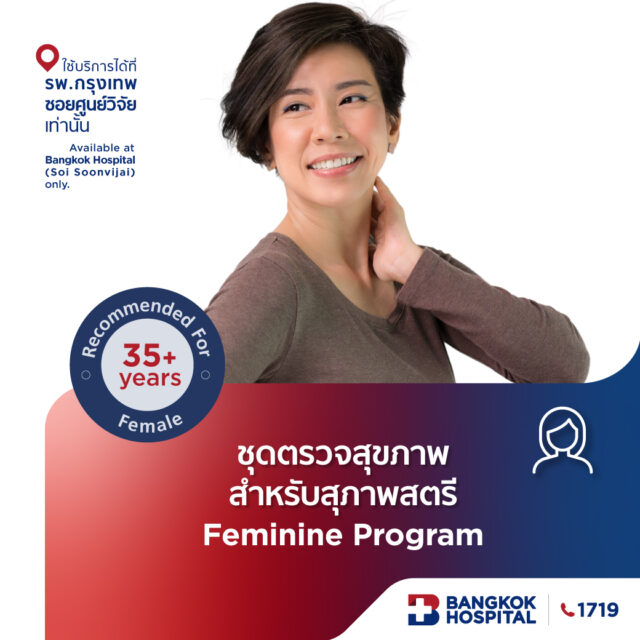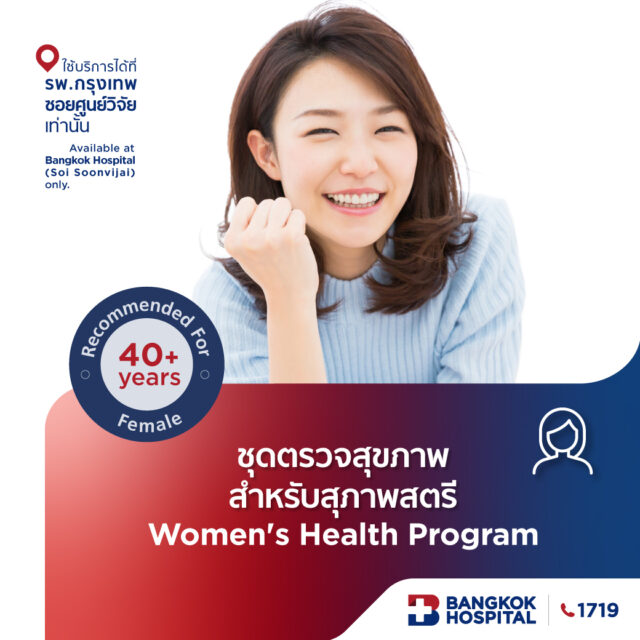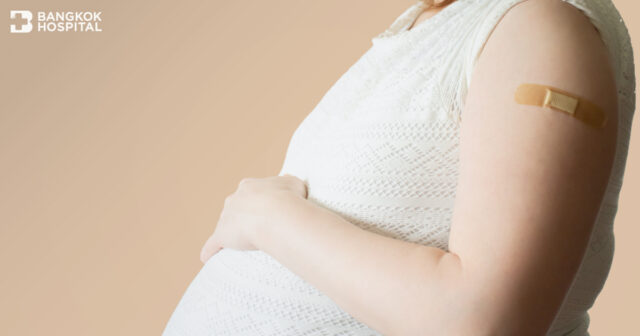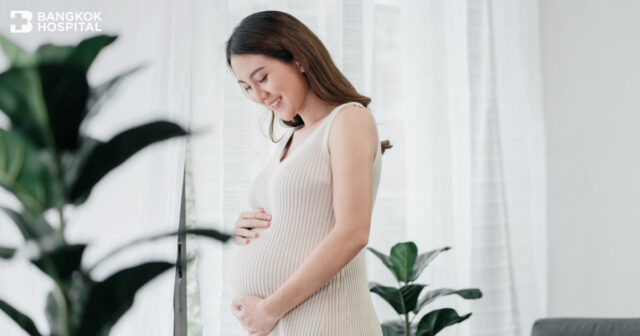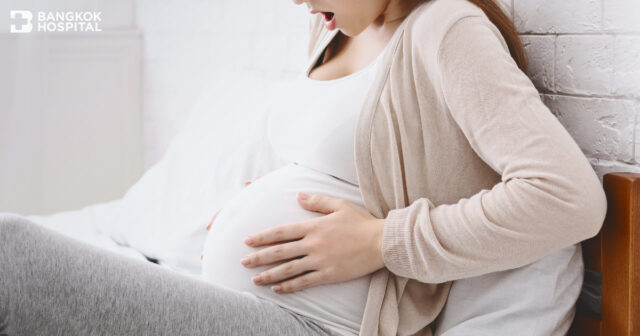7 Things to Know About Preeclampsia
1) The exact cause of preeclampsia is unclear
Initially, preeclampsia was recorded as far back as ancient Greece. Aristotle, a philosopher and Greek physician, mentioned that it occurred due to an imbalance of elements in the body, leading to fluid retention and was believed to originate from the uterus, which adversely affects the liver, stomach, spleen, and lungs. However, with the relentless advancement of scientific knowledge, the causes of preeclampsia are still unclear, with only theories such as abnormal placental function leading to the release of substances that cause blood vessels to contract, resulting in higher than normal blood pressure, being speculated.
2) Preeclampsia with severe complications can lead to death
Normally, preeclampsia is diagnosed when the systolic blood pressure is 140 mmHg or higher, or the diastolic blood pressure is 90 mmHg or higher, measured twice 4 hours apart. In addition, protein leakage may be found in the urine. The severity of the disease can range from mild to severe, leading to seizures, a condition called eclampsia, hemolysis (which results in anemia), low platelets, abnormal bleeding, and liver dysfunction, potentially causing death in both the mother and the fetus.
3) Preeclampsia is often a silent threat
Most pregnant women with preeclampsia do not feel sick until the condition becomes severe. Therefore, it is extremely important to recognize the warning signs of preeclampsia, which include:
- Headaches, blurred vision, nausea, and vomiting due to increased intracranial pressure
- Pain just below the ribs or right upper quadrant pain
- Shortness of breath, difficulty breathing, unable to lay flat due to pulmonary edema
- Swelling, rapid increase in weight in a few days, and reduced urine output
4) Preeclampsia is more common in the first pregnancy than in subsequent ones
Women at risk of developing preeclampsia are more often found in their first pregnancy than in later ones. It is also found in women aged 40 years and above, or those who have had children but with a long gap of more than 10 years, are considered at risk. Additionally, obese women with a body mass index of more than 35 kg/m2, those with a family history of preeclampsia, multiple pregnancies, a history of preeclampsia, and those with pre-existing high blood pressure are also at risk.
5) Preeclampsia is treated by “delivery”
In cases of mild preeclampsia, the decision to induce labor may consider the gestational age. However, in severe cases, it is imperative to deliver regardless of the gestational age, to save the mother’s life. Delivery can be vaginal or by cesarean section, based on medical indications. For premature babies, medication may be required to help develop the lungs to enable the baby to breathe on its own, evaluated on a case-by-case basis.
Since eclampsia, which is seizures caused by preeclampsia, can be life-threatening, medication to prevent seizures is necessary for patients diagnosed with severe preeclampsia. Magnesium sulfate is the medication given, which can cause feelings of warmth, nausea, vomiting, and a drop in blood pressure, thus constant monitoring of the patient’s vital signs after administration is required. For patients with very high blood pressure, medication to lower the blood pressure may need to be considered, either intravenously or orally.
6) Avoiding salt in the diet does not necessarily lower high blood pressure in preeclampsia
It is often well-known that avoiding salt intake in patients with high blood pressure can help reduce it. However, in the case of preeclampsia, it’s advised to consume a normal salt diet as salt does not affect blood pressure in women with the condition. Additionally, dietary supplements such as folic acid, magnesium, antioxidants (vitamin C and E), fish oil, or garlic do not have an effect on treating high blood pressure in preeclampsia.
7) Preeclampsia can be detected early if regularly attending prenatal care
Regular prenatal visits and consultations with a doctor can help screen for and identify risks during pregnancy. This includes taking a patient’s history about how many pregnancies they’ve had, previous occurrences of preeclampsia, any pre-existing conditions, and any other abnormalities during pregnancy. Weight measurements, blood pressure readings, urine tests for sugar and protein, abdominal examinations, as well as high-frequency sound wave or ultrasound examinations to monitor fetal growth or checking the baby’s heart rate combined with monitoring uterine contractions to identify abnormalities that suggest preeclampsia, thereby allowing for immediate treatment which can reduce the chance of loss or disability for both the mother and baby.

